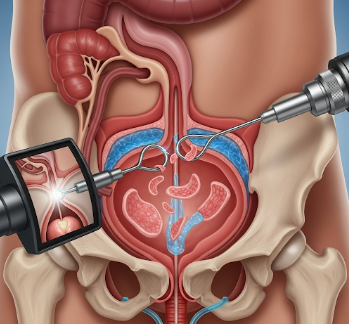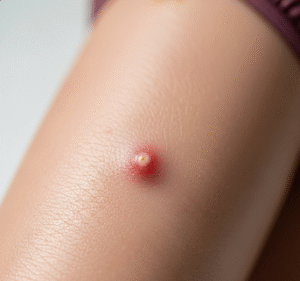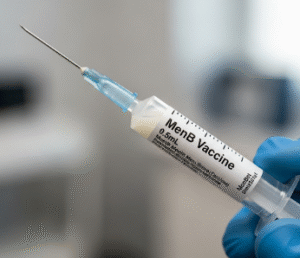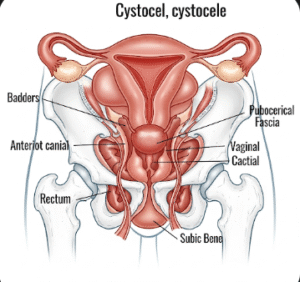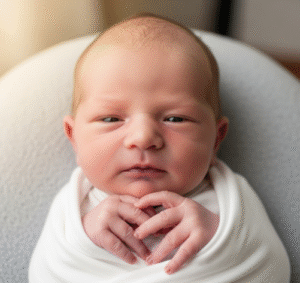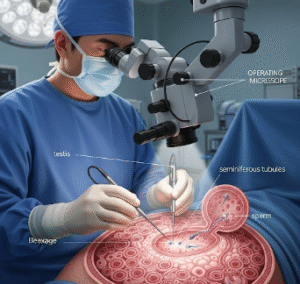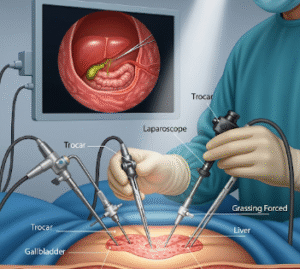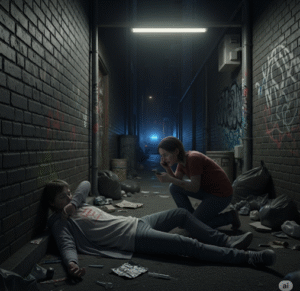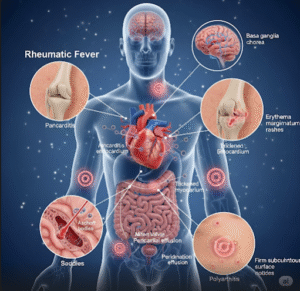Overview
Transurethral Resection of the Prostate (TURP) is a minimally invasive surgical procedure primarily used to treat benign prostatic hyperplasia (BPH), a non-cancerous enlargement of the prostate. TURP helps relieve urinary symptoms caused by obstruction, such as weak urine flow, frequent urination, and incomplete bladder emptying.
In Korea, TURP is widely performed in advanced urology centers with modern equipment and experienced surgeons, ensuring high success rates, minimal complications, and fast recovery.
What is TURP?
TURP is considered the gold standard surgical treatment for BPH. It involves the removal of excess prostate tissue using a resectoscope inserted through the urethra, without the need for an external incision.
TURP is typically recommended for men who:
- ➤ Have moderate to severe urinary symptoms not responding to medication
- ✦ Experience urinary retention or recurrent infections
- ➤ Have bladder stones caused by BPH
- ✦ Suffer from kidney damage due to obstruction
What are the Benefits?
✅ Relief from urinary obstruction and improved flow
➤ Minimally invasive with no external incision
✅ High success rate with long-lasting results
➤ Short hospital stay and quick return to daily activities
✅ Reduces risk of BPH-related complications like bladder damage
Procedure Details
1) How should I prepare for TURP?
- ✦ Full medical evaluation including blood tests, ECG, and imaging
- ➤ Medication review: inform your doctor about blood thinners or other medications
- ✦ Fasting for 6–8 hours before surgery
- ➤ Arrange hospital stay (usually 1–3 days) and post-procedure assistance
2) What happens during the procedure?
- ✦ Performed under general or spinal anesthesia
- ➤ A resectoscope is inserted through the urethra to reach the prostate
- ✦ Excess prostate tissue is removed with an electrical loop
- ➤ Tissue is flushed into the bladder and sent for pathology if needed
- ✦ A urinary catheter is placed to drain urine and aid healing
- ➤ Duration: approximately 60–90 minutes
3) What happens after TURP?
- ✦ Hospital stay: 1–3 days depending on recovery
- ➤ Catheter remains in place for 1–3 days
- ✦ Mild blood in urine, burning sensation, or urinary urgency is common
- ➤ Normal activities resume within 2–3 weeks
- ✦ Follow-up includes assessment of urinary function and sometimes imaging
Risks / Benefits
Possible Risks:
- Temporary difficulty urinating after catheter removal
- Urinary tract infection
- Bleeding during or after surgery
- Retrograde ejaculation (semen flows into bladder)
- Rare complications: incontinence, erectile dysfunction
Benefits:
- Significant improvement in urinary symptoms
- Long-term relief from BPH-related obstruction
- Minimally invasive approach reduces hospital stay and recovery time
- In Korea, advanced TURP techniques further minimize risks
Recovery and Outlook
- ✦ Full recovery: 4–6 weeks
- ➤ Return to normal activities gradually
- ✦ Sexual activity typically resumes after 4–6 weeks
- ➤ Long-term outcomes: TURP remains gold-standard for BPH
- ✦ Korean hospitals offer follow-up and monitoring to ensure optimal results
When To Call the Doctor
⚠ Persistent or heavy bleeding in urine
⚠ Severe abdominal or pelvic pain
⚠ Inability to urinate after catheter removal
⚠ High fever or signs of infection
Best Korea Option / Process
Korea is recognized for expert urological care, offering:
- ✦ Advanced endoscopic TURP and alternative procedures (laser-assisted or bipolar TURP)
- ➤ Short waiting times and efficient scheduling
- ✦ Highly experienced urologists with extensive surgical experience
- ➤ Comprehensive treatment packages including hospital stay, anesthesia, and post-op care
- ✦ International patient support with English-speaking coordinators
Highlights of TURP in Korea
- ✅ Gold-standard treatment for BPH
- ➤ Minimally invasive with fast recovery
- ✅ High success rate and patient satisfaction
- ➤ Options for advanced bipolar or laser-assisted TURP
- ✅ Expert urologists and modern facilities ensure safe and effective care

